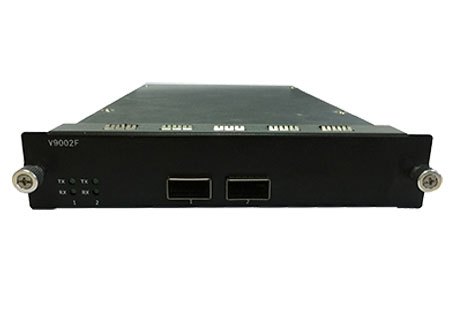Network Emulation Tester can be divided into scalar (only amplitude information) and (including amplitude and phase information) two analyzers. The scalar analyzer was once widely used because of its simple structure and low cost. The analyzer provides better error correction and more complex measurement capabilities. With the advancement of technology, the improvement of integration and computational efficiency, and the reduction of cost, the use of network testers has become more and more popular.
Network tester calibration;
Calibration of RF equipment often requires periodic delivery of the instrument to a certified instrument calibration laboratory to ensure that the instrument operates in accordance with the manufacturer's specifications. Laboratories also tend to adjust the performance of the instrument to a standard, such as the one specified by the National Institute of Standards and Technology (NIST).
Cheap Network Tester are no exception. They also need to be regularly sent to a certified laboratory for calibration. Moreover, if high precision is to be achieved, the user needs to calibrate more frequently. User calibration is based on a range of calibration standards in the Network Tester Calibration Kit or user-defined, user-defined standards. A series of correction factors can be obtained by comparing the known data stored in the network tester with the measured data generated according to the calibration standard. In post-calibration measurements, these correction factors are applied to the data to compensate for the error sources discussed earlier.
